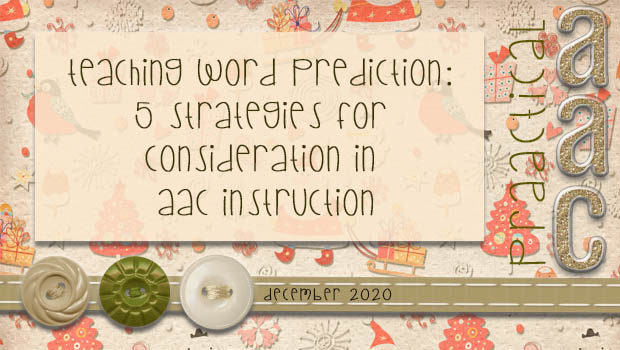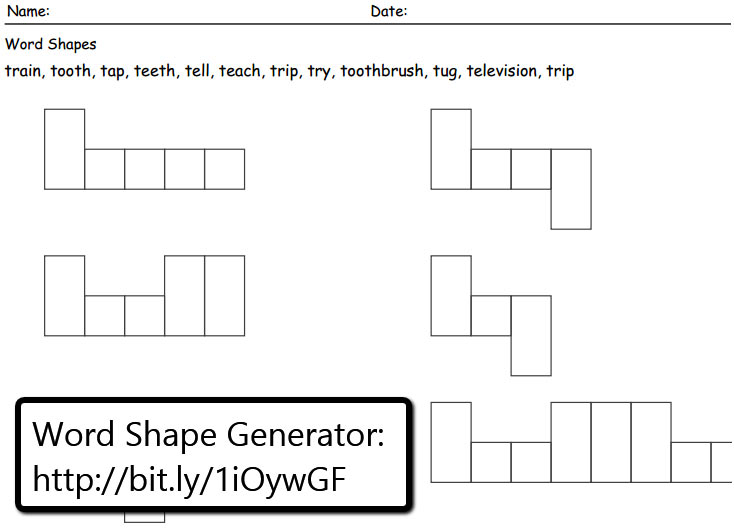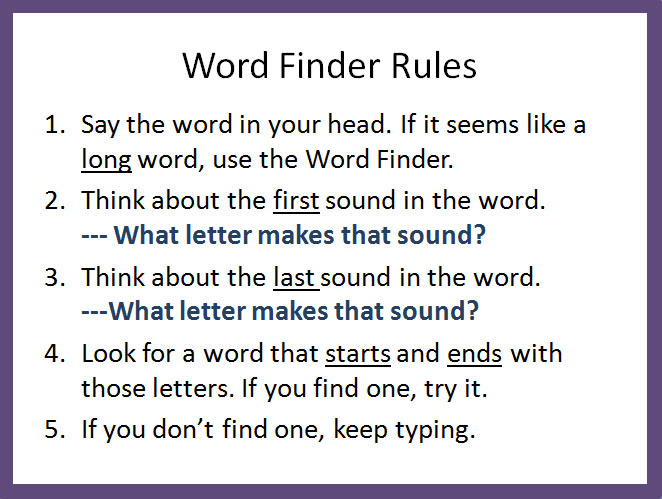Teaching Word Prediction: 5 Strategies for Consideration

Word prediction, where the communicator types a letter and the AAC technology predicts words based on that letter, can be a powerful addition to an AAC user’s toolbox. Many AAC learners pick it up quickly and without direct instruction, but others need guidance and support.
Don’t rule out word prediction for individuals who are not fully literate. Instead, try a period of planned instruction to help them develop the skills to use this strategy. Here are some suggestions for supporting them in learning to use word prediction.
- Teach learners how to use the initial and final letters to find the word they need: Even when learners don’t know all the letters consistently, they can often learn to a) think about the word, b) think about the sound it starts and ends with, c) think about what letters make those sounds, and d) look at the options to see which of them start and end with those letters.
- Teach learners to think about the length of the word to find the desired word among the options: Teach the learner to think about how long the word is. This aspect of phonological awareness is a developmental process, so it may take a little work to get the learner to be able to do this. Early on, learners will respond based on semantics/meaning, not the phonological aspects of the word. For example, if I say which is the short word, ‘train’ or ‘caterpillar,’ they will select ‘caterpillar’ because that is a short thing while ‘train’ is a long thing. It is only later in the process that they can distinguish the length of the referent from the length of the way the word sounds (or is spelled). For some AAC learners, we may have to teach this skill. We’ve found that using manipulatives and/or movement can help AAC learners to discriminate between long versus short words.
- Help the AAC user think about the shape of the word: Another option is to teach the learner to consider the overall shape of the word. This pulls together the concepts we just discussed (starting/ending letters, word length) and introduces a new concept: how those letters impact the overall shape of the word. Having a mental image of the word shape can be useful as they scan through the options in the word prediction window to decide which, if any, is the word they are looking for.

- Consider the letters in the middle of the word: This works well when the learner encounters predicted options that all start and end with the desired letters, yet still faces difficulty picking out the correct word. Have them consider the sounds and letters in the middle of the word, and use that information to help them make a selection.
- Create a formal process for when to check the word prediction window: If you work with learners who may respond impulsively or who look through the word prediction options after typing the first letter, you’ve probably already realized that this isn’t the most efficient approach. Even some AAC users who have good literacy skills don’t automatically use word prediction in an efficient way. For learners like this, it can be helpful to set up specific guidelines for how to use word predictions. It can be a list of rules or a simple guideline (e.g., “Type 3 letters, then check”).

Don’t assume that using word prediction is an automatic time-saver. Many times it is, of course, and that’s a key reason why it can be so valuable. It is not always faster, though it often does save keystrokes. You can learn more about that aspect of word prediction here.
Filed under: Featured Posts, PrAACtical Thinking
This post was written by Carole Zangari
